One brewery, 11 months, 73 IPAs.
The proliferation of canned craft beer is well-documented and I’m tired of talking about the industry-wide impact of you know what. Let’s just accept the fact that in a short timeframe a huge number of breweries started canning beer for the first time. Likewise, many breweries that already canned beer started canning a lot more beer.
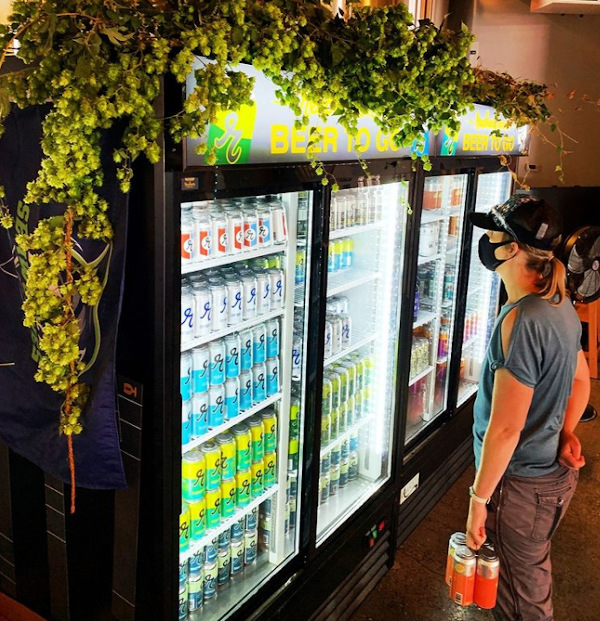
This rush to canned beer warmed my heart and filled my fridge. The beer aisle at the grocery store never looked so glorious. Still, I couldn’t help wondering if all of this canned beer might come at the expense of variety and creativity. Not an invalid concern, given certain realities associated with that kind of packaging — inflexible canning schedules, minimum orders, distributor influence, and so on.
Typically, craft breweries have canned their flagship products, not their more playful curios. There were reasons for this, like the stuff I mentioned above. Has this shift from draft beer to canned beer impacted our local breweries’ ability to engage in creative play?
We Sank the Flagship
One of the increasingly popular things about craft beer is its ephemeral nature. When Cloudburst Brewing opened six years ago, I thought Steve Luke’s “never brew the same beer twice” mentality was odd and maybe even ill-advised. I was wrong. Almost instantly, his approach was the new normal.
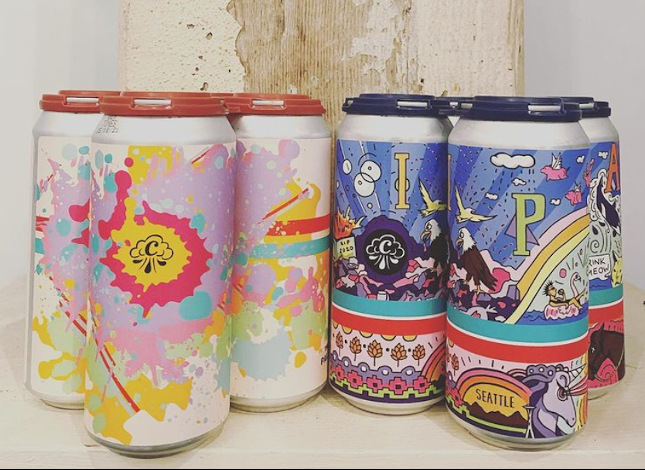
It’s what today’s craft beer drinker wants: one-off beers and specialty beers. Today’s audience craves a constantly rotating selection of un-had beers and yet-experienced flavors. If nothing else, such beers provide more chances to up their numbers on Untappd.
Brand loyalty used to mean steadfast devotion to a particular beer, but now if there is brand loyalty at all it is to a particular brewery and not to just one of its beers. Instead of reaching for a trustworthy, familiar beer, we assume that an unknown beer from a trustworthy brewery will hit the spot.
Still wondering… Would the proliferation of canned beer push breweries to focus more attention on the familiar and less attention on the creative? Not a bad question.
Crazy Numbers
More beer in cans, yes. Also, more one-off beers and special-release beers than ever before. My concerns, my speculations, they could not have been more wrong. Admittedly, the following numbers come from breweries recognized as exceptionally prolific in this regard.
- Reuben’s Brews created 150 different beers, ciders, and hard seltzers over the course of 2021. Of those, a whopping 84 were available in cans or bottles.
- Stoup Brewing accelerated its plans for cans when the pandemic hit, moving from draft-only to where it is now — offering quite a lot of beer in cans. The brewery created 73 different IPAs in the first 11 months of 2021. How many of those IPAs found their way into cans, I do not know. A lot of them, for sure. Think about that number, that’s about 6.5 new IPAs each month.
- Another brewery that started canning during these pandemic-afflicted times, is Cloudburst Brewing. According to Steve Luke, owner/founder, “We packaged 103 different beers in 2021, which includes 8 different versions of Happy Little Clouds.” (Happy Little Clouds is a hoppy pilsner often brewed with different hops. It is the closest thing the brewery has to a flagship or an always-available beer.)
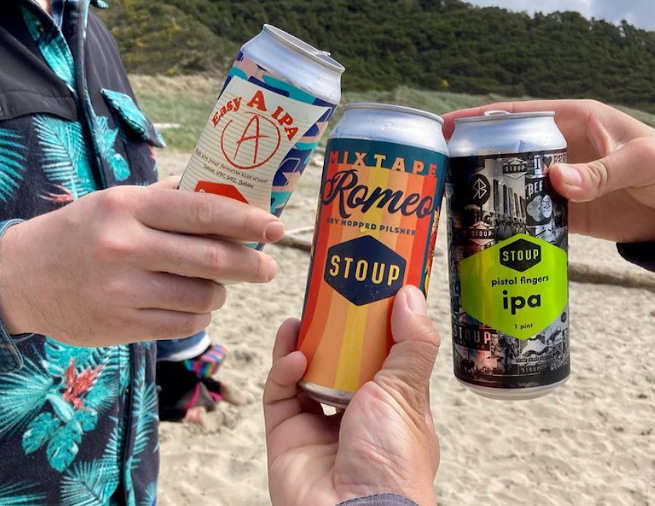
Those numbers suggest that for at least three of Seattle’s breweries creativity and variety did not suffer. Overall, away from those three breweries, I haven’t noticed any hiccups in the creative stream of craft beer consciousness. Have you?
The pandemic caused a lot of people and industries to abandon conventional thinking. In the world of craft beer, the nature of something like canned beer was already beginning to change, but the realities of the past two years accelerated the evolution. The result is the best of two worlds: more craft beers available at retail outlets and a more diverse stream of creative beers.
I am curious to hear about other breweries that produced astonishing numbers of different beers last year. Especially those breweries that also recently began offering beer in aluminum cans. I do not doubt they’re out there.

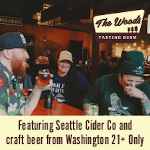




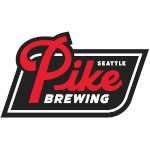
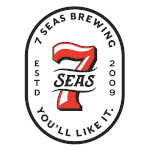




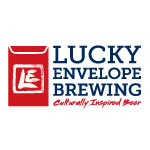
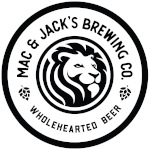
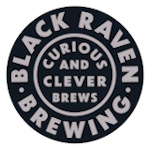


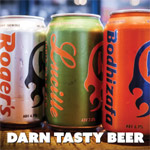


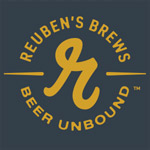






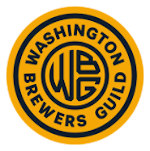





The explosion in canning craft beer – in general – I think has led to smaller breweries being able to reach a wider audience than they could have if someone was required to visit the brewery or a local bar that carried their products. Likewise, Larger operations (just focusing on WA here…) like Georgetown, Pike, etc. are better able to increase their footprint and I think actually improve their creativity! I’ll use Georgetown for my example of the larger brewery: Since they have such a devoted following, the “core’ beers that would sell “to go” at the brewery – Lucille, Bodi, etc – can now be found in most stores and at the brewery, so they don’t have to fill as many growlers of those and can – and do – release almost weekly seasonal and experimental brews, many of which are in growlers now and ready to take home.
Especially during the pandemic, when fewer people have been going out, places like Cloudburst who would rely on brewery visits and sales of kegs at the local taproom probably had a downturn – but, if they could easily pivot and put some batches in cans and get them to a bottle store or a beer-focused retailer like Super Deli, they could reach an audience they may not have been able to. I think as things return more to “normal” and we get back out to our favorite breweries (I just was able to go to Seapine this past weekend!), the creativity will flow again because more people may have tried the product in a can – leading to more of us getting out there to have it on tap!
I do tend to identify more with the brand/brewery than a particular brew (some tend to focus on Belgian styles, English styles, etc) so I usually decide to make my visits based on that and hope to go in and find something new that can’t be found in a can – or even on tap somewhere else – but, for them to be able to have that ultimate flexibility, they need to have steady sales of their core products…and being able to put them in a can may just provide that opportunity.! Sorry for the long reply…I love beer!
While I agree with everything you point out, including your conclusion that creativity has not suffered, I would love to see some numbers on non-IPA styles. Personally, I feel that style is so over saturated, especially in the Puget Sound area. I know it’s popular, but I wish breweries would dedicate more time to stouts, barley wines, farmhouse ales, etc. I mean, 73 IPAs in 11 months, and Stoup couldn’t reissue Commonwealth of Goodness?!? Don’t get me wrong, Stoup is probably my favorite local brewery and I gladly give them my (slightly) hard earned dollars whenever possible.
“Quality is more important than quantity. One home run is better than two doubles.” – Steve Jobs
I think the trend is positive, especially when it comes to giving more exposure to more breweries. One can only visit one bar or taproom at a time. Canning the beers allows us to have several taprooms in our fridge. It also promotes fresh beer as opposed to getting months old six packs languishing in Costco or grocery stores.